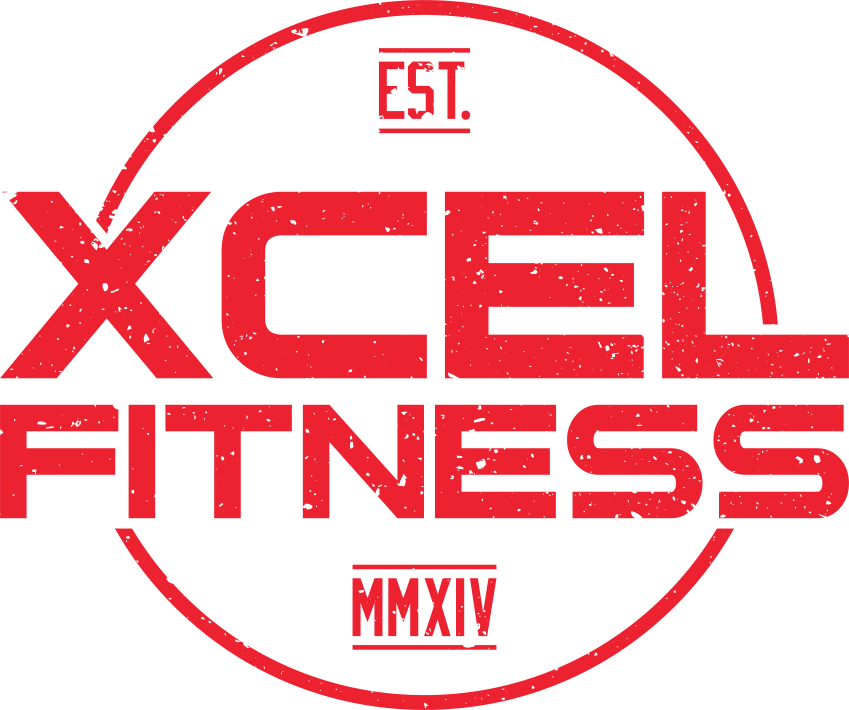1. Squatting is a full body exercise.
Squatting works it all—from the glutes to the hips, to the abdominals, and upper body (if weight bearing), if you’re squatting properly, everything is fired up. ‘The primary agonistic muscles used in the concentric movement of the squat are the glutes and quads; while the antagonistic muscles used during the eccentric are the hip flexors,’ explains Tamir. ‘The hamstrings are the synergists that assist and transverse abdominals help stabilize.
There’s not an area you aren’t hitting.
2. Squatting translates to everyday life.
Think about it: Each and every time you sit down and stand up, you’re technically doing a squat. ‘It’s the most primitive movement,’ says Tamir. ‘It strengthens the whole body so things, like sitting and even walking up the stairs, are easier. The more you squat, the easier simple movements will be.
3. Squatting can improve balance and posture.
Because of the transfer of weight when you squat, you’re forced to activate your stabilizing muscles in the transverse abdominals. ‘When performing a squat, your spine of the upper body needs to remain neutral so that good posture is maintained,’ says Tamir. ‘The use of the posterior muscles of the back and shoulders also work to help do this.
Front squats work more of the muscles in the anterior of the body, while back squats work more of the posterior muscles. This strength can transfer over to improvement in your balance and posture in everyday life, too.
4. Squatting helps with mobility.
In order to squat correctly, you need to have the mobility in your hips, ankles, and shoulders (if you’re using a barbell) to get into the proper position. ‘Squatting helps to increase the mobility in these joints,’ explains Tamir. ‘Exercises that require mobility when loaded with weight can help mobilize because it forces you to control the movement through a range of motion. And that’s basically what mobility is.
5. Squatting keeps bones strong.
Squatting is an axial loading exercise, which helps to keep your body healthy and strong. ‘This is great not only for young adults but especially for older demographics and people who have a low bone density to help them stay healthy and prevent injury.
6. Anyone can squat.
Squatting doesn’t discriminate—anyone from a teenager to a senior citizen can and will benefit from squatting. ‘You have to squat at any age. If you don’t use it, you lose it,’ says Tamir.
How To Do Squats Properly
- Stand with feet slightly wider than hip-width apart, toes pointing forward or slightly turned out.
- Keeping chest up, shoulders back, push knees out as you sit back and down like you were going to sit in a chair. Do not let knees go forward past ankles. Lower until your butt is in line with knees, thighs parallel to the floor, or as low as you can.
- Keeping chest tall, push through your heels to stand back up.
